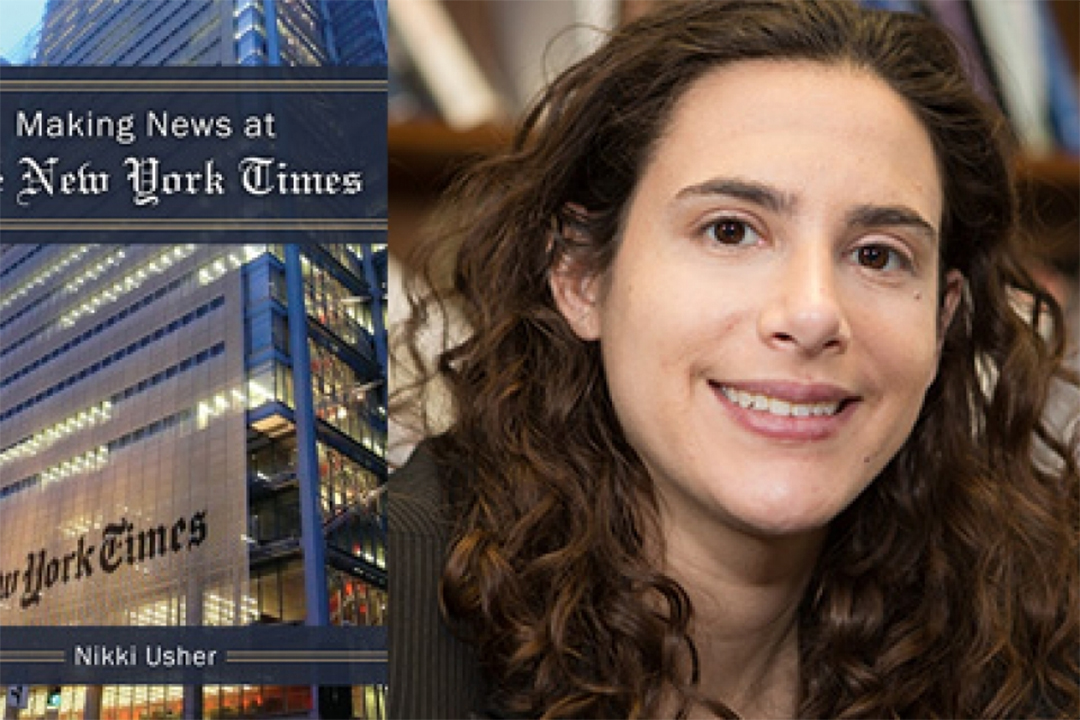Assistant Professor Nikki Usher authored, Making News at The New York Times, the first in-depth portrait of the nation's premier newspaper in the digital age. It presents a lively chronicle of months spent in the newsroom observing daily conversations, meetings and journalists at work.
“We say we have moved past a world of print and digital conflict, but one of the most interesting discoveries was to see how juxtaposed these rhythms still are,” said Usher. “I was similarly surprised to see how unsettled journalists were over using what we take for granted as readers — multimedia and social media.”
- Conflict between Web and print - aged news vs. ASAP news
- Page One meetings as they really happen
- Patterns of the Web page - the reality of churn
- What happens to reporters as they work to constantly update for the web, and the consequences on the news
- The rise of interactivity and multimedia
- Adoption of social media - good and bad
- Brand-building through social media
- Ethical social media concerns
- Possible business drivers for innovation
Usher's news ethnography illuminates the value clashes at play in a digital news world. The book argues that emergent news values are reordering the fundamental processes of news production. Immediacy, interactivity, and participation now play a role unlike any time before, creating clashes between old and new. These values emerge from the social practices, pressures, and norms at play inside the newsroom as journalists attempt to negotiate the new demands of their work.
"Social media is changing how journalists work, forcing them to brand how they do what they do, but it also raises some serious ethical questions that occur each day," said Usher. "At the time was researching this book, The Times didn't have a formal ethical code for social media."
Interactivity, inspired by the new user-computer directed capacities online and the immersive Web environment, brings new kinds of specialists into the newsroom but exacts new demands upon the already taxed workflow of traditional journalists. And at a time where social media presents the opportunity for new kinds of engagement between the audience and media, business executives hope for branding opportunities while journalists fail to truly interact with their readers.


